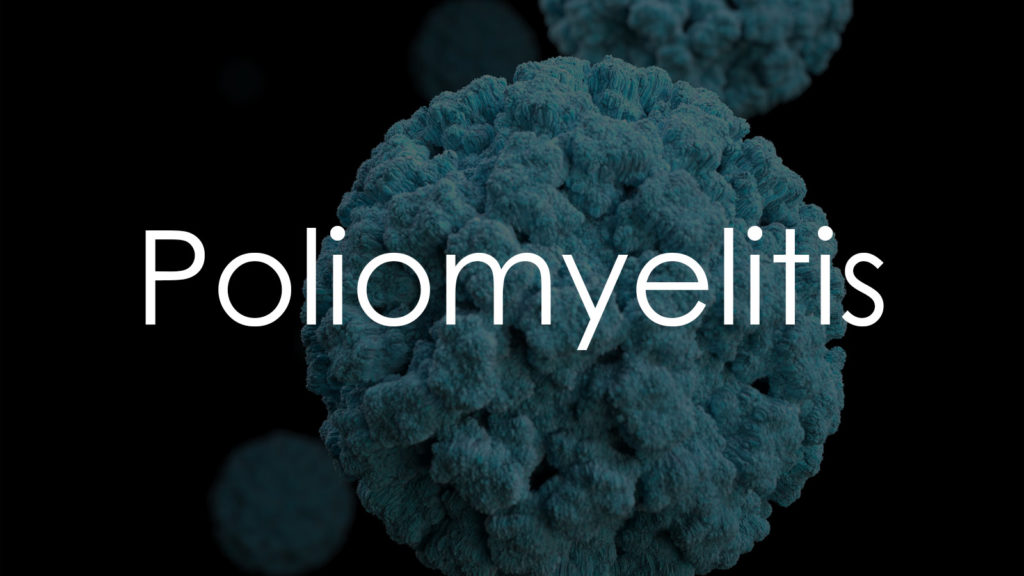Causes of poliomyelitis, commonly known as polio, primarily involve the transmission and behavior of the poliovirus. Understanding these causes is crucial for effective prevention and control of this potentially debilitating disease.

The Poliovirus
Picornavirus Family
Virus Classification
Poliomyelitis is caused by the poliovirus, which belongs to the Picornavirus family. This family of viruses includes several significant pathogens that affect humans, causing diseases such as the common cold and hepatitis A.
RNA Virus
The poliovirus is an RNA virus, meaning its genetic material is ribonucleic acid. RNA viruses are typically highly infectious and can spread rapidly through populations.
Transmission of Poliovirus
Fecal-Oral Route
Contaminated Water and Food
The primary mode of poliovirus transmission is the fecal-oral route. The virus can contaminate water and food when sewage or fecal matter enters the water supply or when food handlers do not follow proper hygiene practices.
Direct Contact with Feces
Direct contact with feces from an infected person can also spread the virus. This is more common in areas with poor sanitation and hygiene.
Oral-Oral Route
Respiratory Droplets
Poliovirus can also be transmitted through oral-oral contact via respiratory droplets when an infected person coughs or sneezes. This mode of transmission is less common but still significant.
Contaminated Saliva
Sharing utensils, drinks, or other objects contaminated with the saliva of an infected person can spread the virus through the oral-oral route.
Lack of Immunization
Unvaccinated Individuals
Primary Risk Factor
The most significant risk factor for contracting poliomyelitis is not being vaccinated. Unvaccinated individuals, particularly children, are at a much higher risk of contracting the virus and developing the disease.
Vaccine Hesitancy
Vaccine hesitancy, driven by misinformation and fear, contributes to lower vaccination rates and increases the risk of polio outbreaks.
Incomplete Vaccination
Partial Immunization
Individuals who have not completed the full vaccination schedule for polio are also at increased risk. Partial vaccination may not provide adequate immunity to prevent infection.
Booster Shots
Lack of booster shots or failure to follow up on the complete series of polio vaccinations can leave individuals susceptible to infection.
Environmental Factors
Poor Sanitation
Contaminated Water Sources
In areas with inadequate sanitation, the poliovirus can easily contaminate water sources. Drinking or using contaminated water increases the risk of infection.
Poor Hygiene Practices
Inadequate hygiene practices, such as not washing hands properly after using the bathroom or before handling food, can facilitate the spread of the virus.
Overcrowded Living Conditions
High Population Density
Overcrowded living conditions, particularly in urban areas, can facilitate the spread of the poliovirus. Close contact with infected individuals and shared facilities increase the likelihood of transmission.
Refugee Camps and Displacement
Refugee camps and displaced populations often experience overcrowding and poor sanitation, making them vulnerable to polio outbreaks.
Travel and Exposure to Endemic Areas
High-Risk Regions
Travel to Endemic Areas
Traveling to regions where polio is still prevalent increases the risk of contracting the virus. These areas often have lower vaccination rates and higher incidence of polio.
International Travel
International travel can expose individuals to different strains of the poliovirus. Ensuring up-to-date vaccinations and practicing good hygiene can reduce the risk of infection.
Returning Travelers
Imported Cases
Returning travelers from endemic areas can bring the poliovirus back to their home country, potentially leading to outbreaks if local vaccination rates are low.
Quarantine Measures
Implementing quarantine measures and monitoring symptoms in travelers returning from high-risk areas can help prevent the spread of poliovirus.
High-Risk Populations
Infants and Young Children
Increased Susceptibility
Infants and young children are particularly vulnerable to poliovirus infection due to their developing immune systems. Ensuring they receive timely vaccinations is crucial for protection.
Oral Exposure
Children are more likely to put objects in their mouths, increasing their risk of ingesting contaminated material.
Immunocompromised Individuals
Higher Susceptibility
People with weakened immune systems, due to conditions such as HIV/AIDS, cancer, or long-term use of immunosuppressive medications, are more susceptible to poliovirus infection and may experience more severe symptoms.
Need for Enhanced Protection
Enhanced protection measures, including vaccination of close contacts and minimizing exposure to potential sources of infection, are crucial for immunocompromised individuals.
Socioeconomic Factors
Poverty and Lack of Access to Healthcare
Limited Access to Vaccines
Poverty and lack of access to healthcare can limit access to vaccines, increasing the risk of polio outbreaks in underserved communities.
Health Education
Lack of health education and awareness about the importance of vaccination can contribute to lower vaccination rates and higher susceptibility to polio.
Stigma and Discrimination
Marginalized Populations
Marginalized populations, including refugees and migrants, may face barriers to vaccination and healthcare, increasing their risk of poliovirus infection.
Targeted Outreach
Targeted outreach and vaccination programs for marginalized populations are essential for preventing polio outbreaks in these vulnerable groups.
Viral Shedding and Persistence
Asymptomatic Carriers
Viral Shedding
Individuals infected with the poliovirus can shed the virus in their feces for several weeks, even if they do not exhibit symptoms. Asymptomatic carriers can unknowingly spread the virus to others.
Detection and Isolation
Detecting and isolating asymptomatic carriers through regular screening and monitoring in high-risk areas can help control the spread of poliovirus.
Environmental Persistence
Virus Longevity
The poliovirus can survive in the environment for several weeks under favorable conditions, such as in sewage or contaminated water. This persistence increases the risk of transmission, particularly in areas with poor sanitation.
Conclusion
Understanding the causes of poliomyelitis, including the behavior and transmission of the poliovirus, is crucial for effective prevention and control. Key factors include fecal-oral and oral-oral transmission, lack of immunization, environmental factors, travel to endemic areas, high-risk populations, socioeconomic influences, and viral shedding. By addressing these causes and promoting vaccination and good hygiene practices, the spread of poliovirus can be significantly reduced, protecting public health and preventing outbreaks.